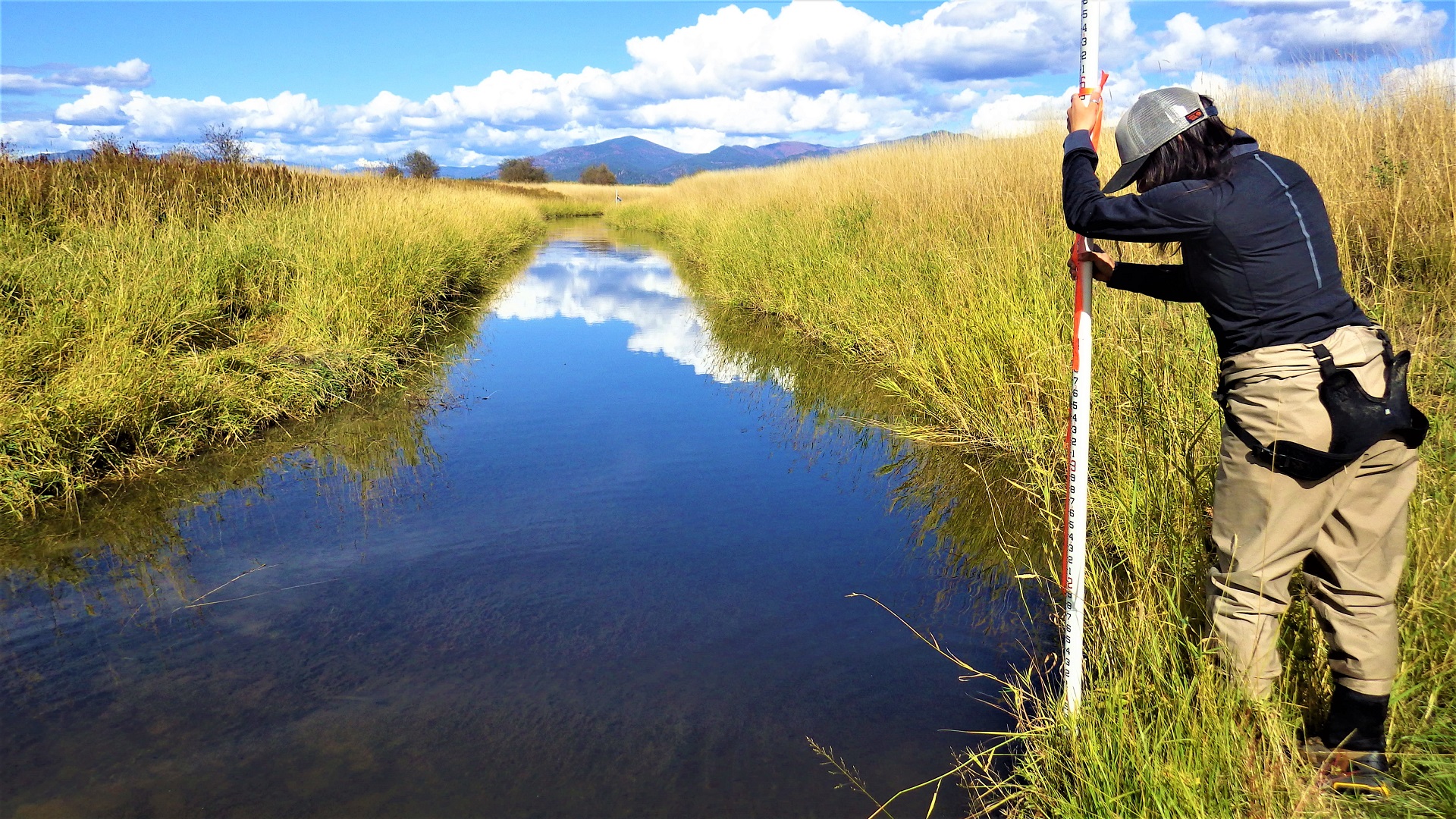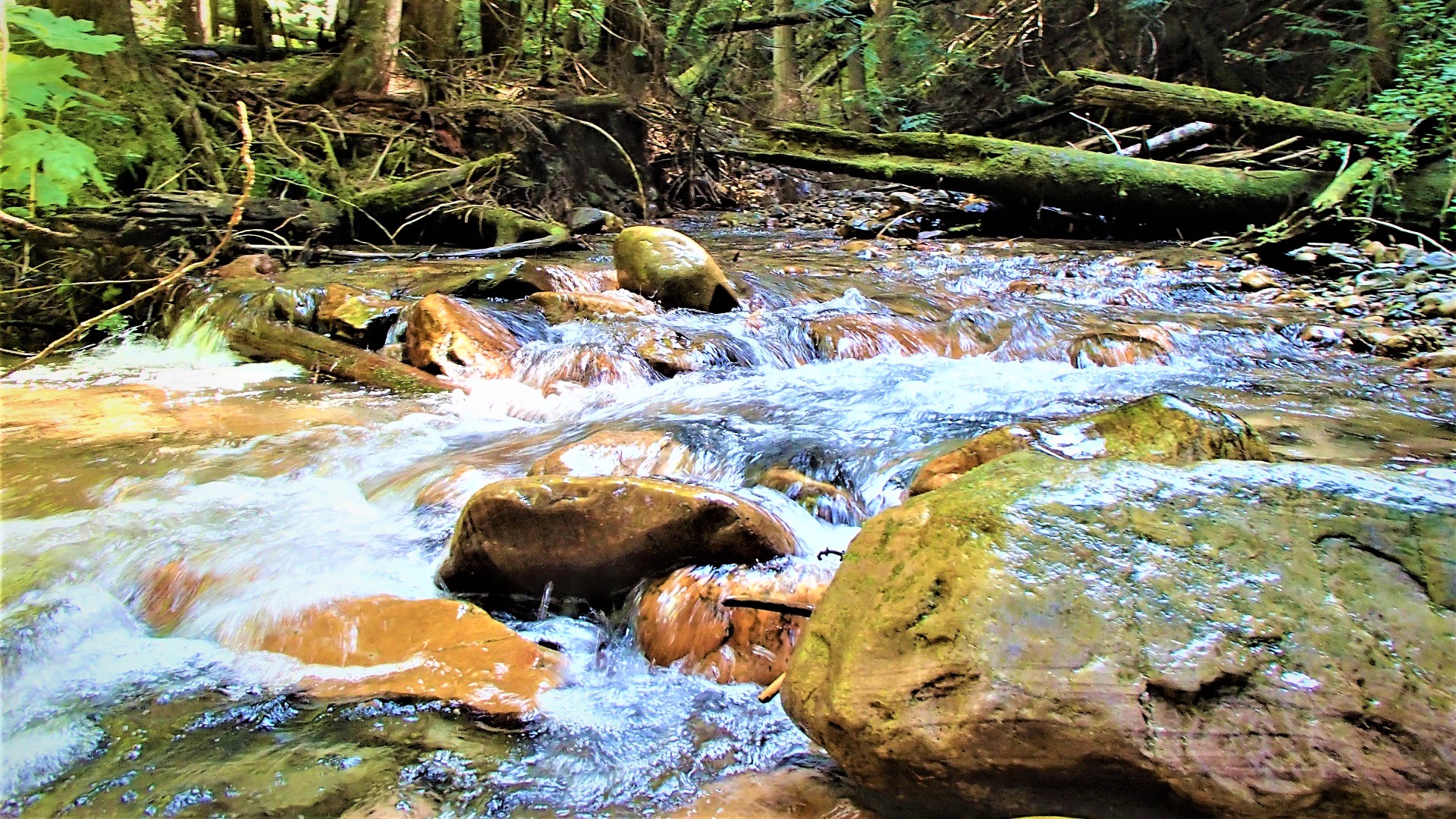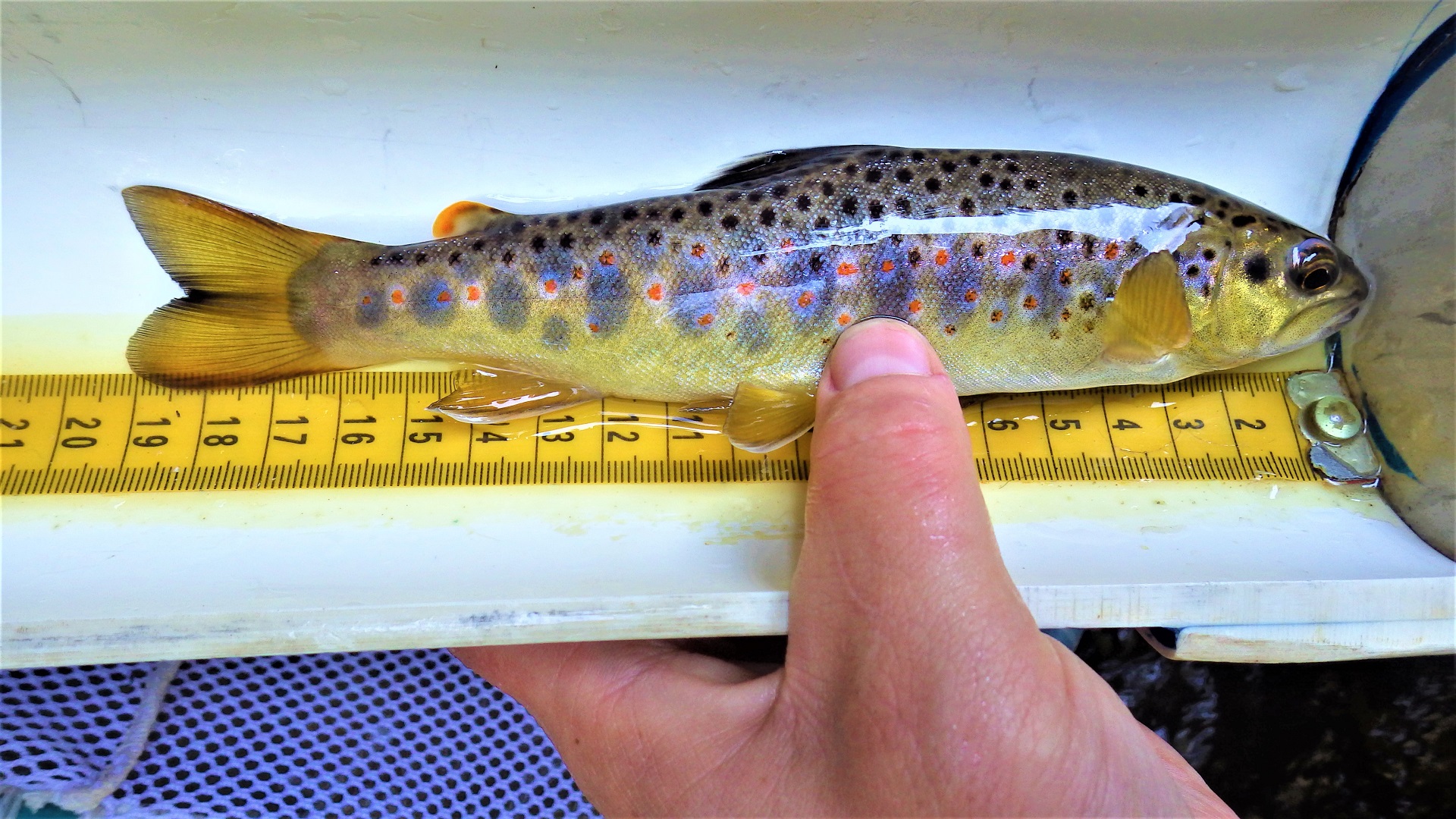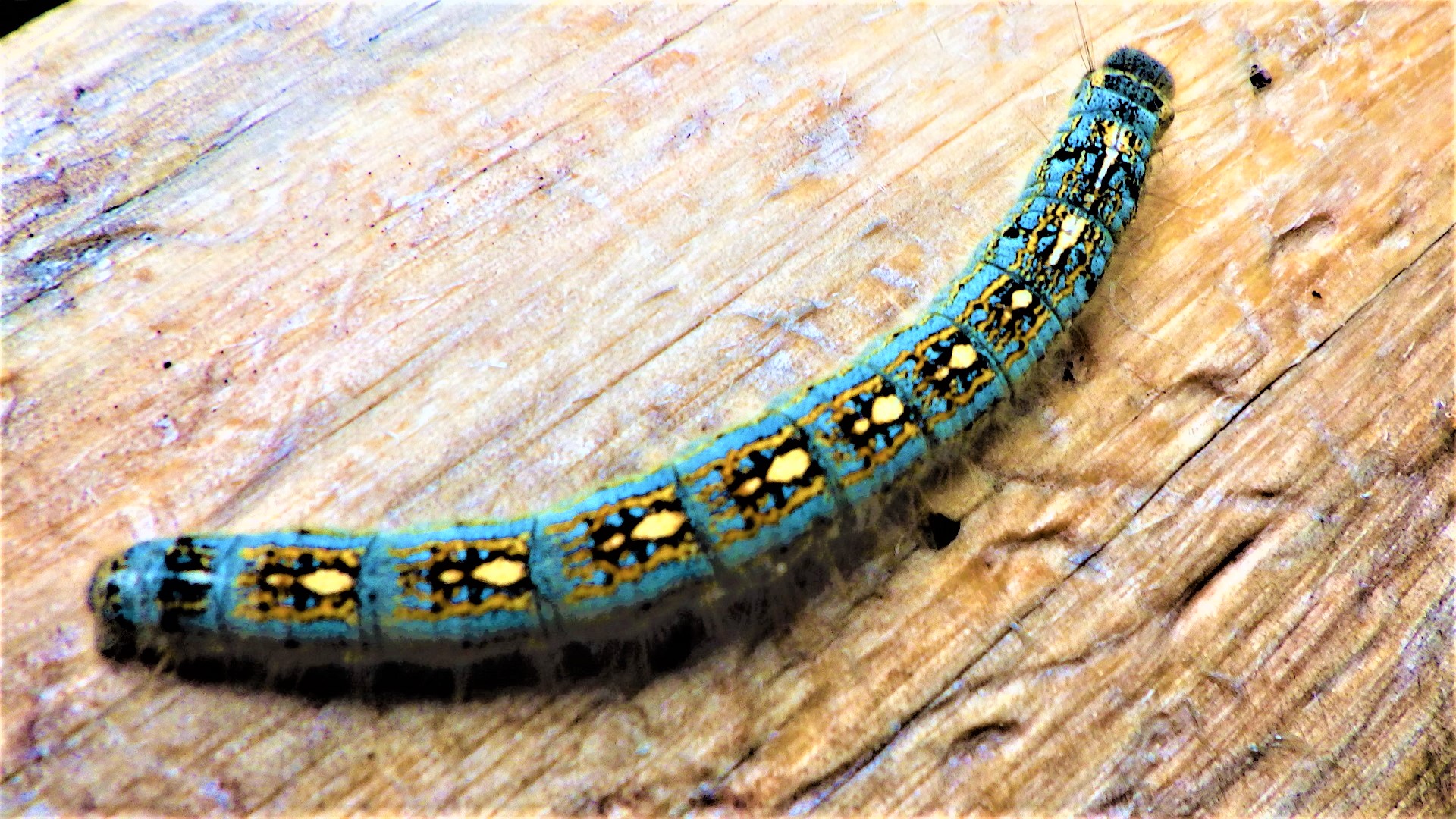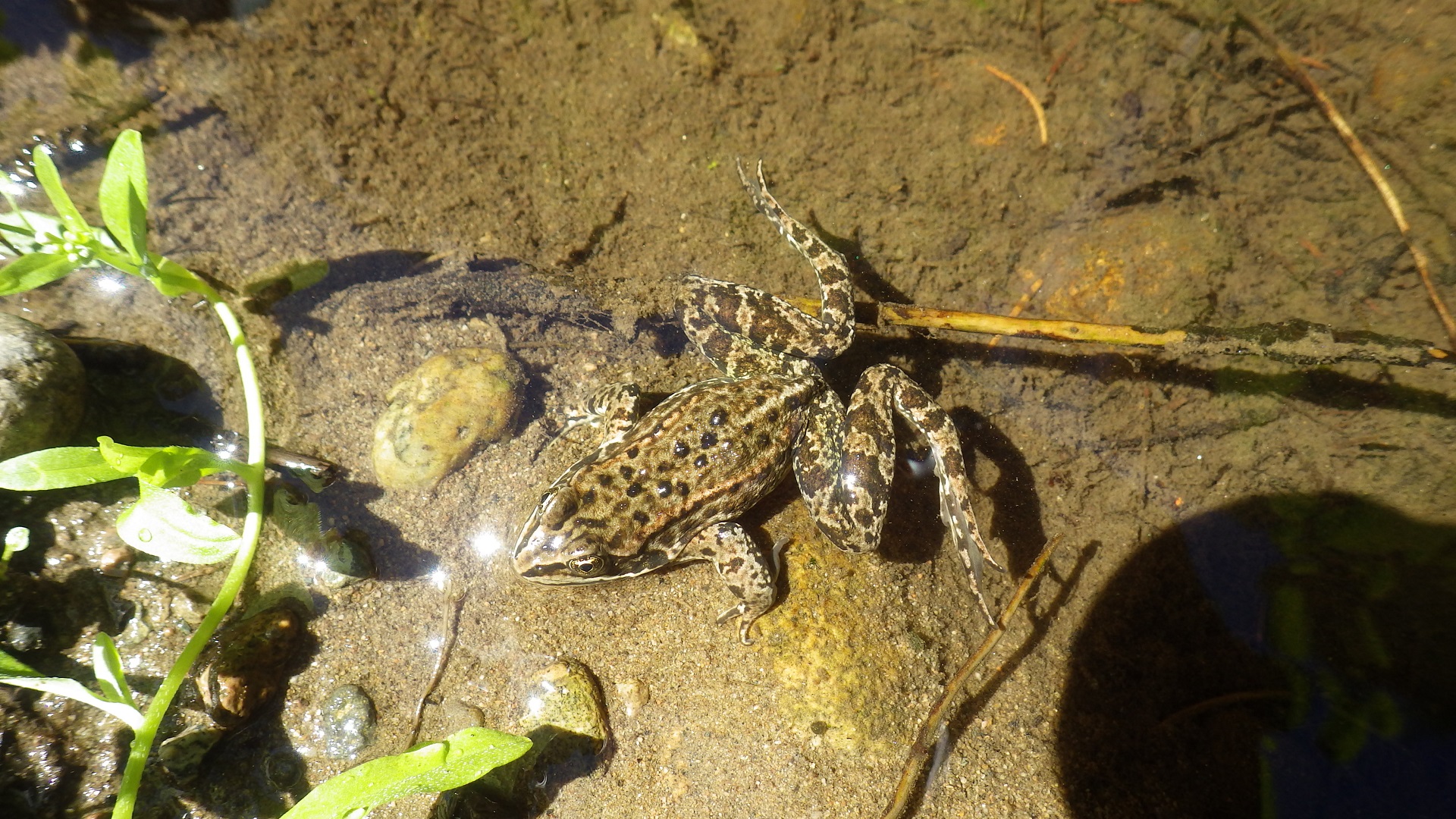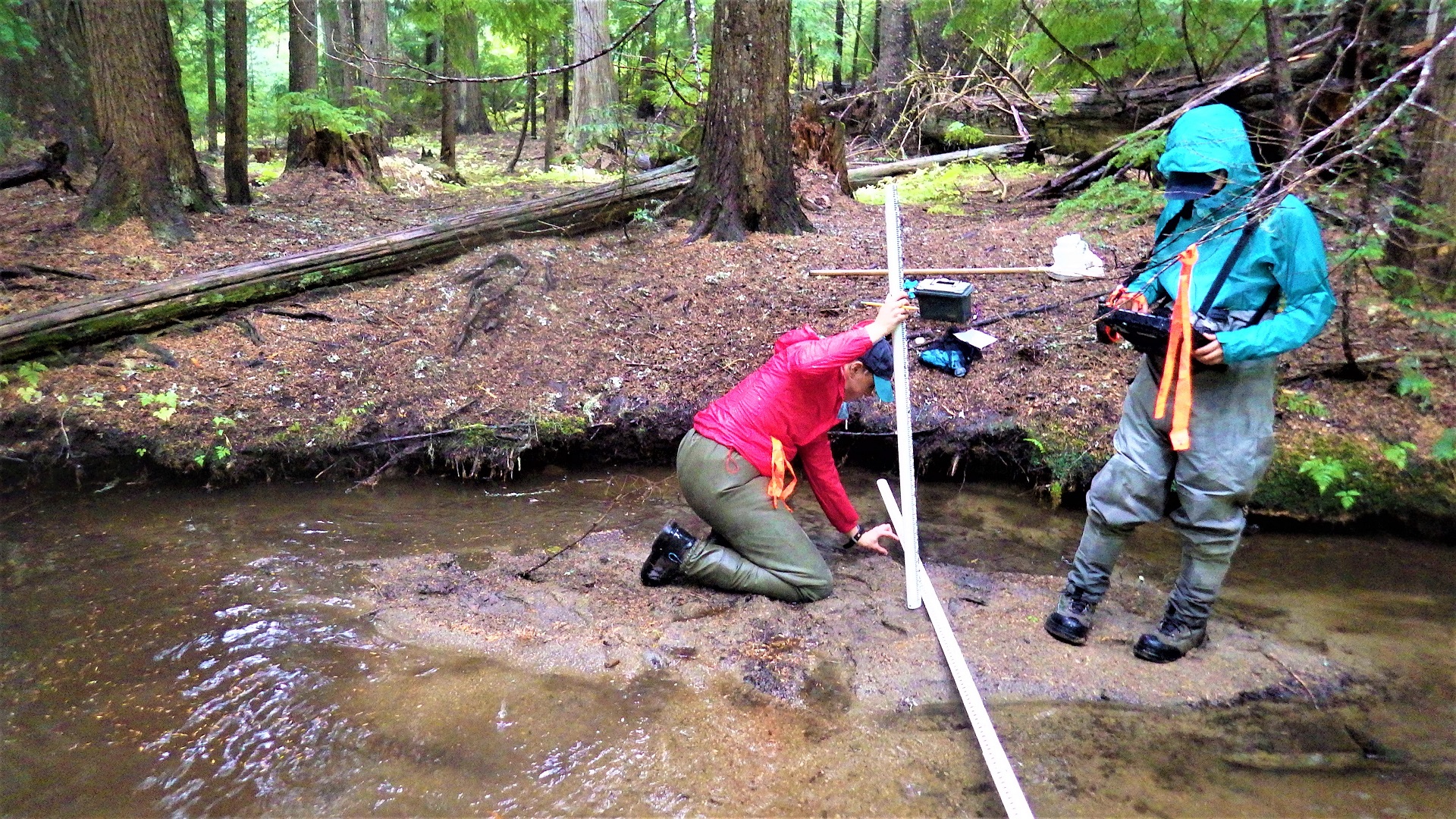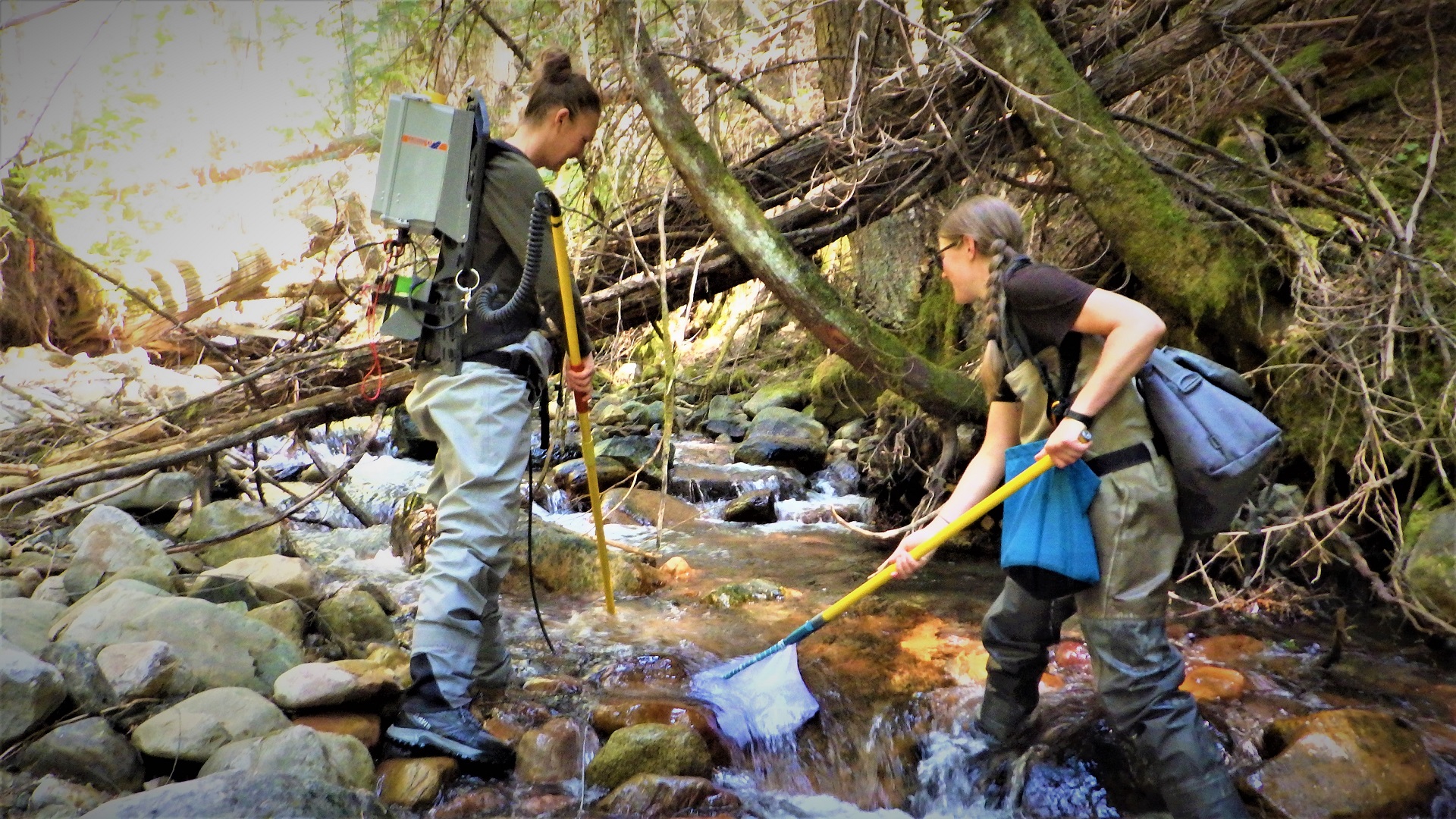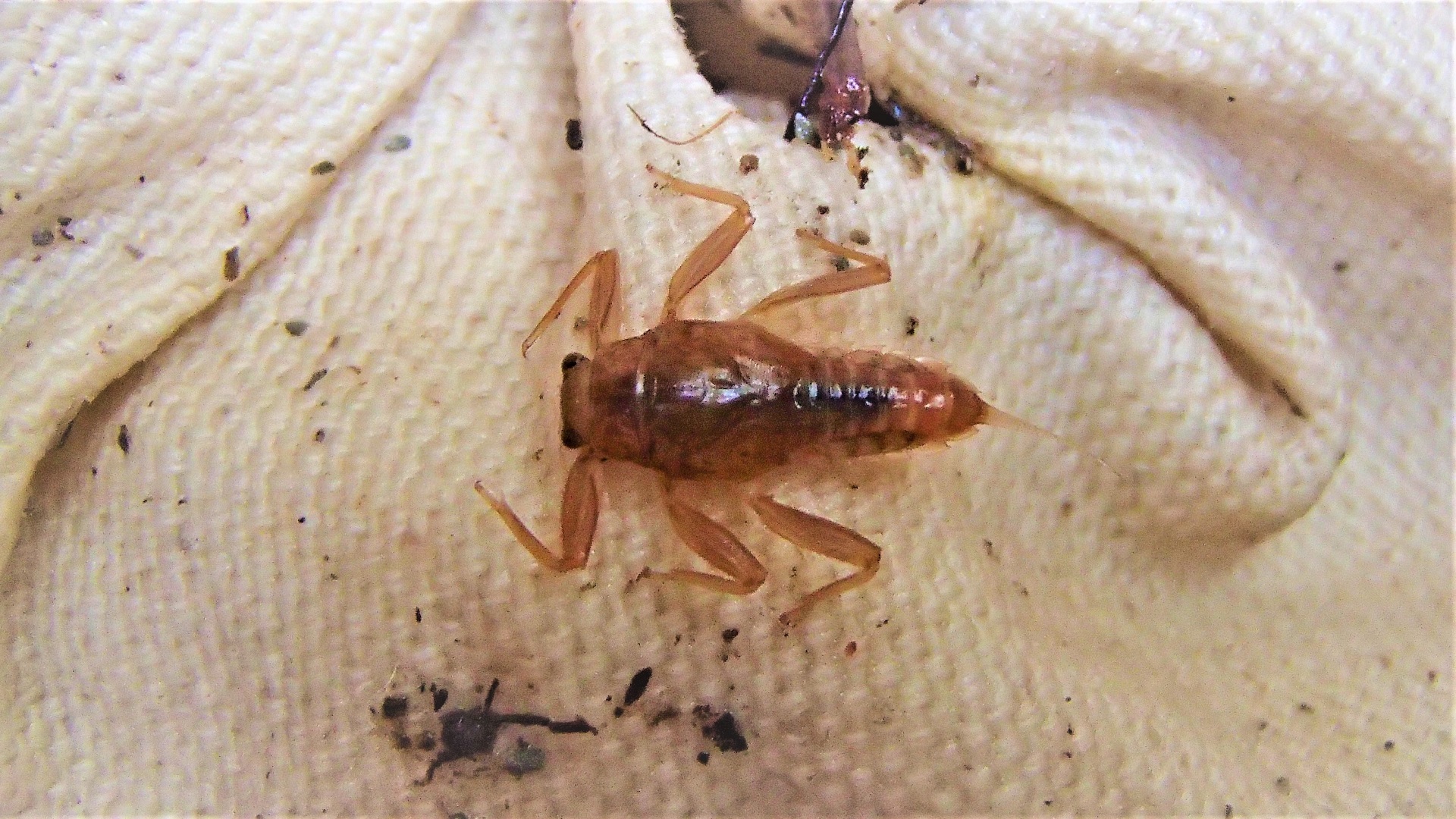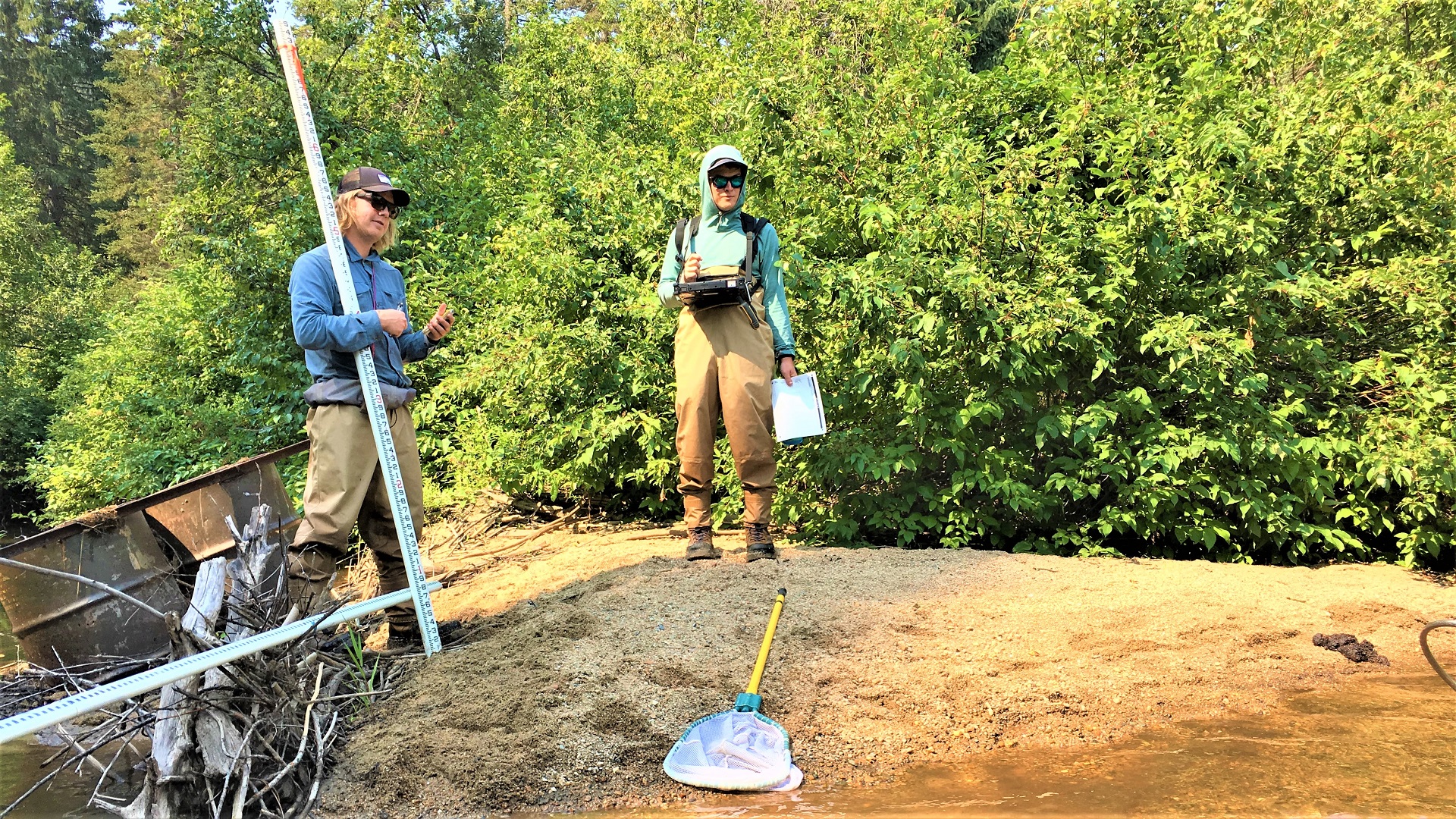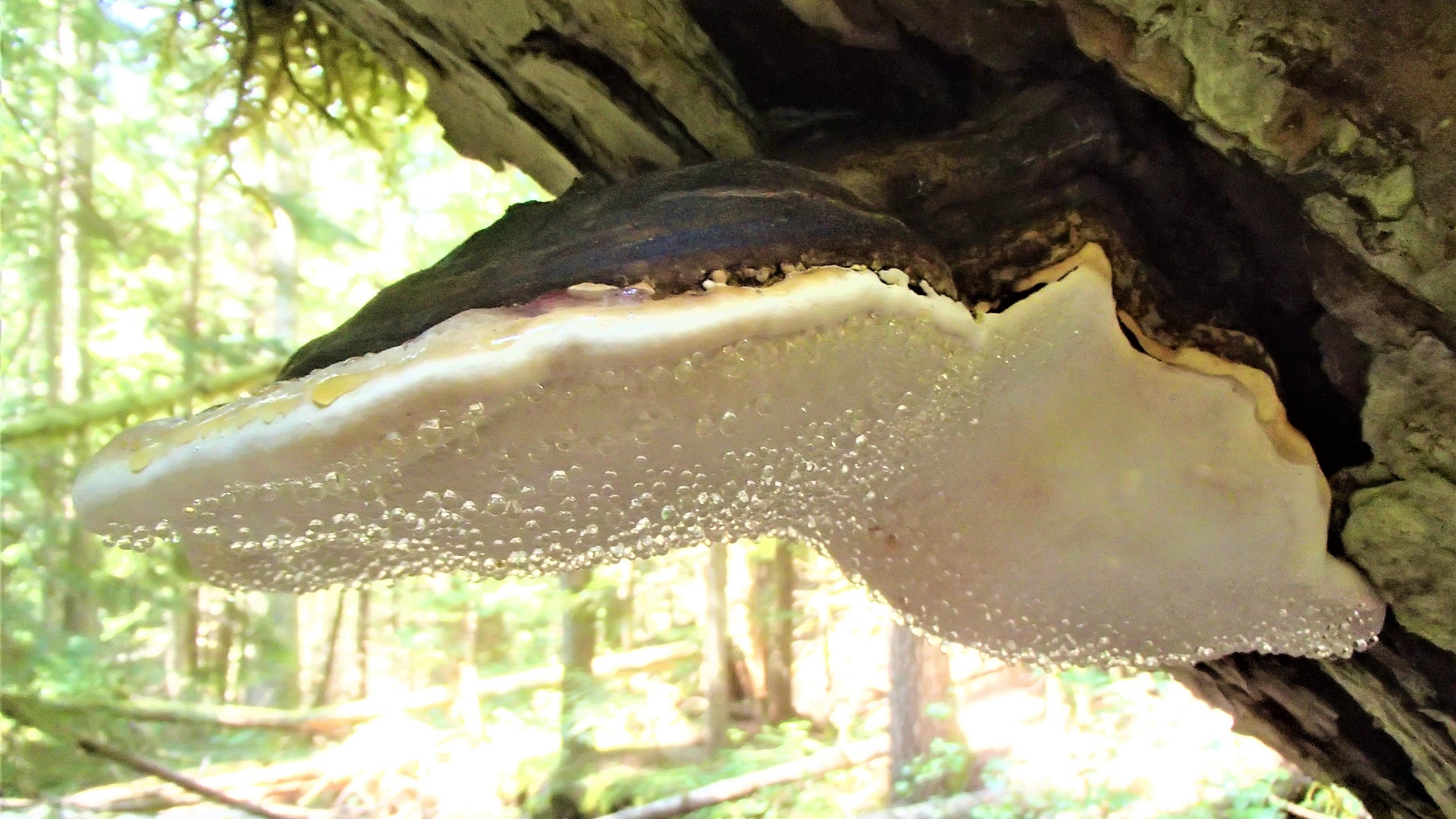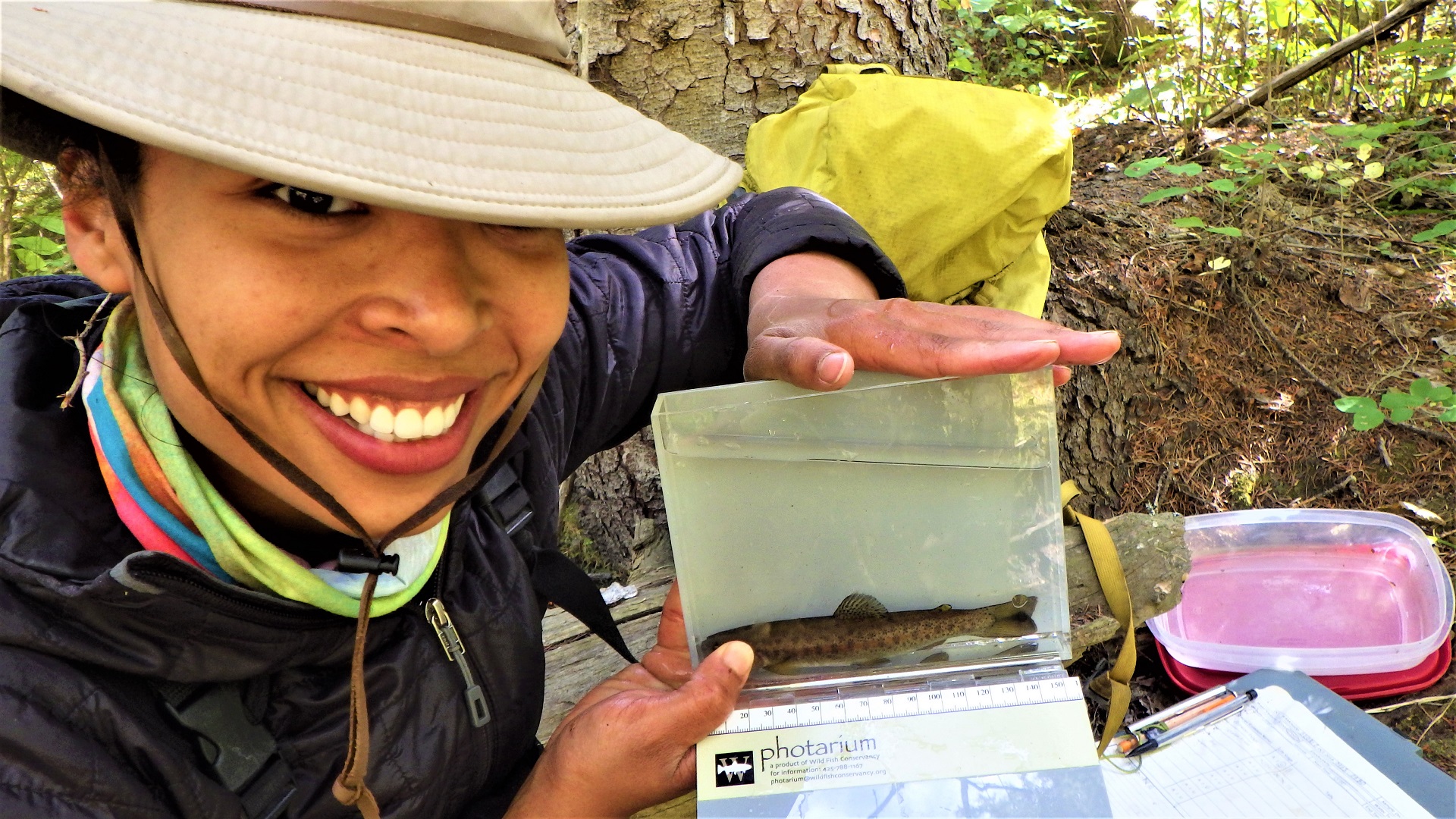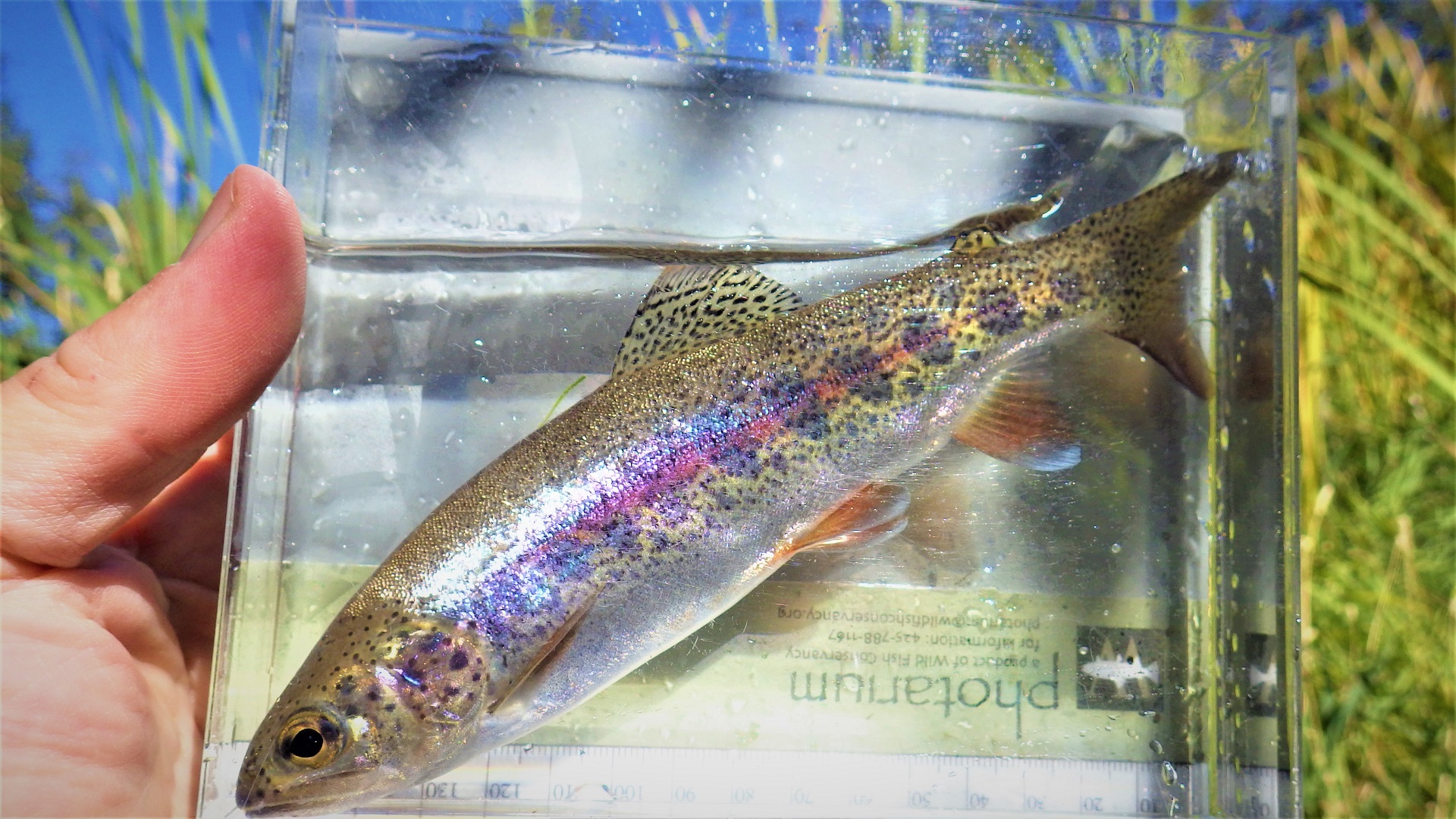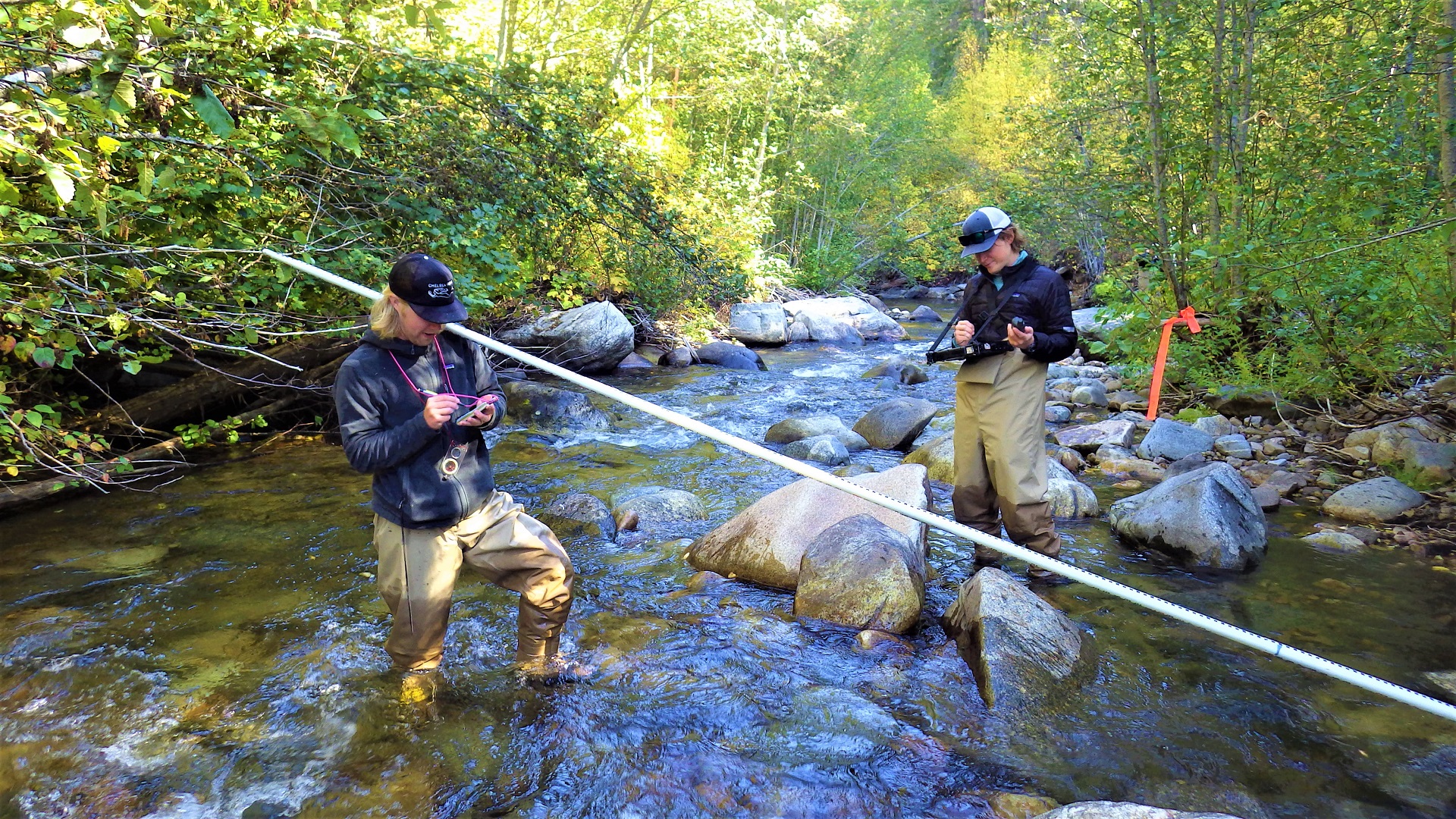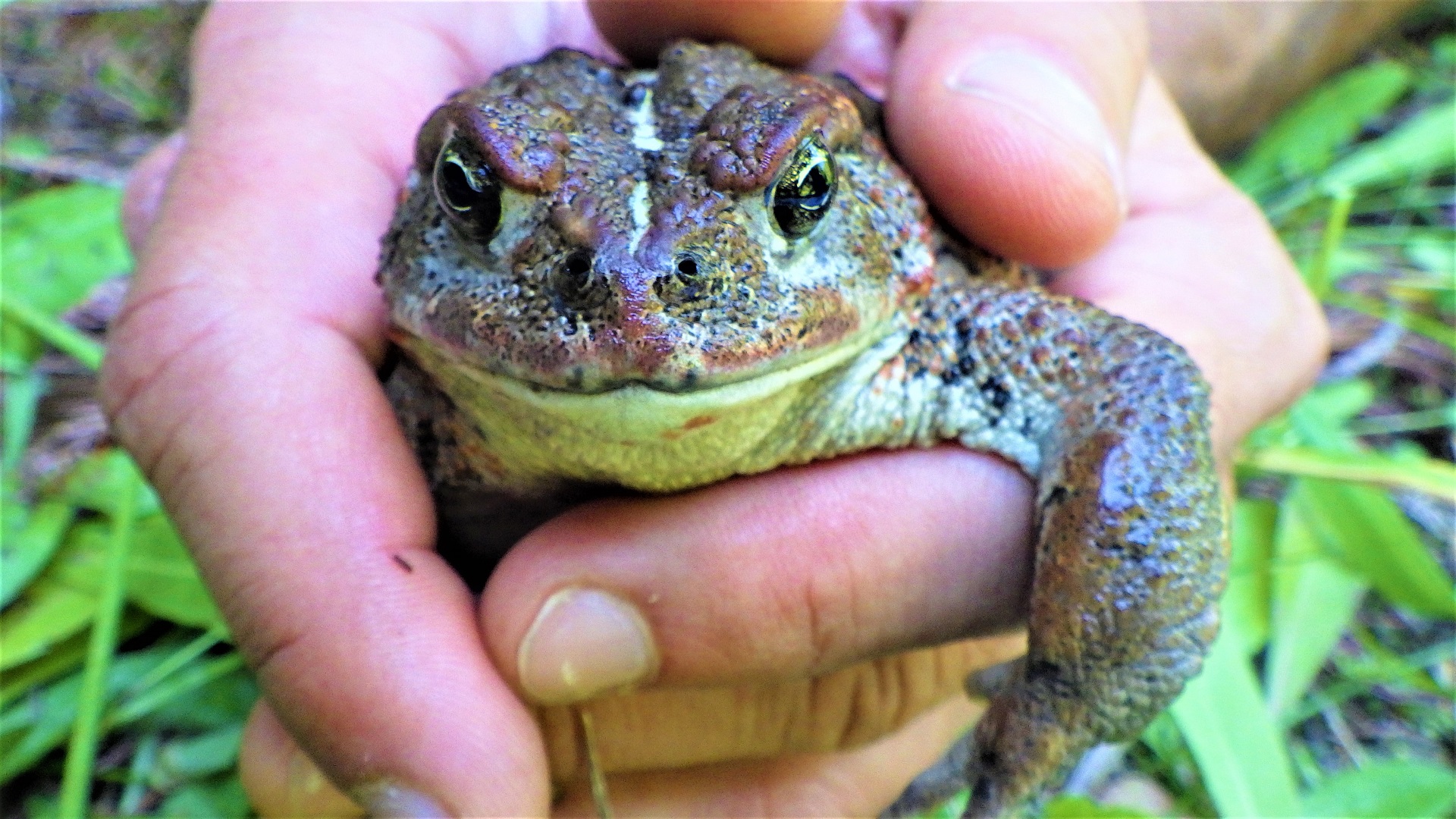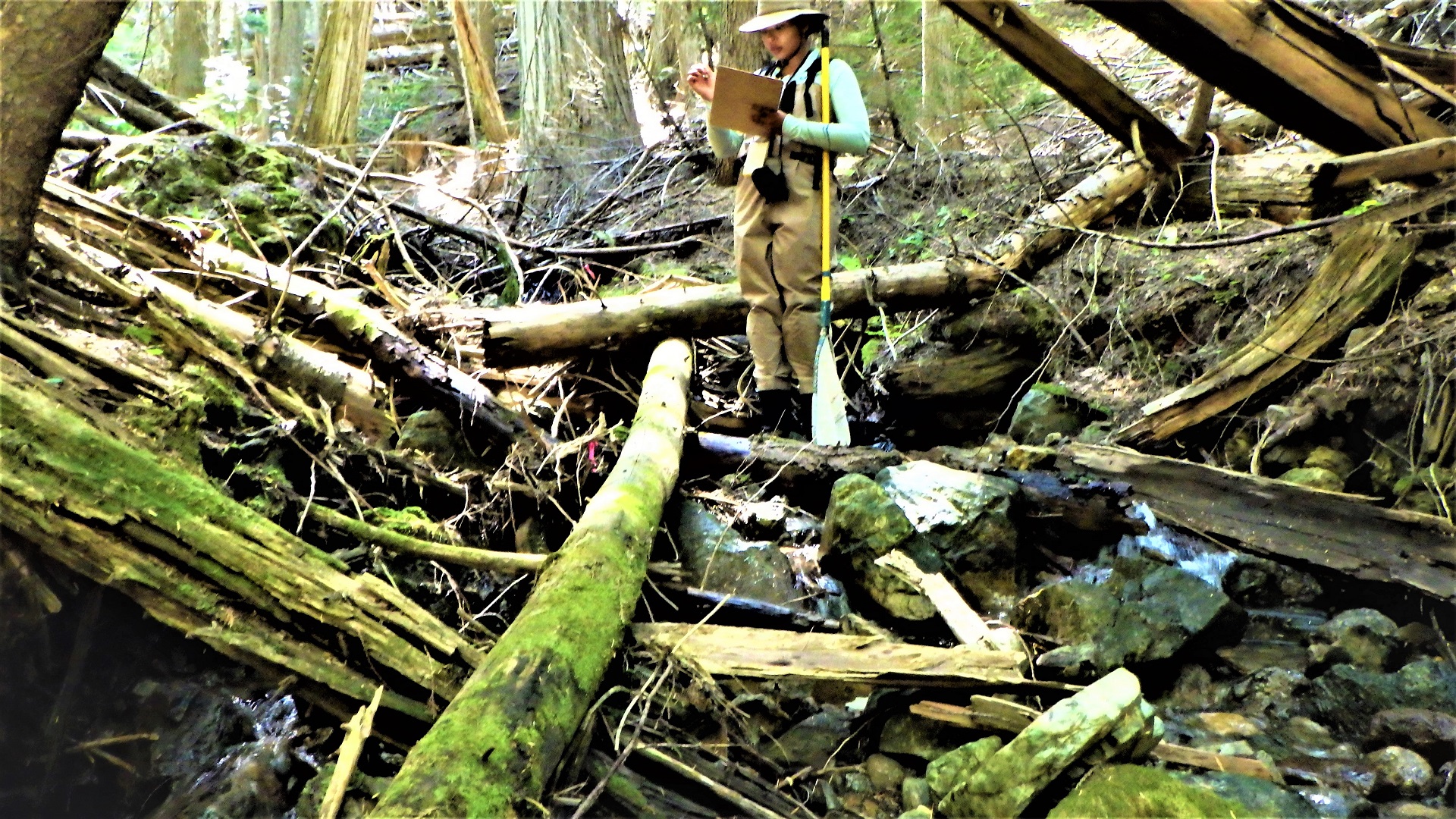Watershed health — Northeast update
We investigated the health of stream in the Northeast Status and Trends Region in 2012 and 2018. Based on these study years, the region showed improving biological condition, with the highest physiochemical indicators involving stream substrate.

Use the map to navigate our reports by Status and Trends Region.
Regional summary
- Benthic Index of Biotic Integrity scores in the Northeast Region show potential improvement in 2018 compared to 2012, with higher and lower proportion of streams in good and poor conditions, repsectively.
- The most prevalent indicators for streams in the Northeast Region were poor bed stability, increased sand/fines substrates, and increased substrate embeddedness.
Biological condition
Invertebrate biological condition of streams did not change substantially from 2012 to 2018 in the Northeastern Region. However, the proportion of streams in poor condition decreased, and the proportion of streams in good condition increased. These are positive trends that will need more data to confirm.
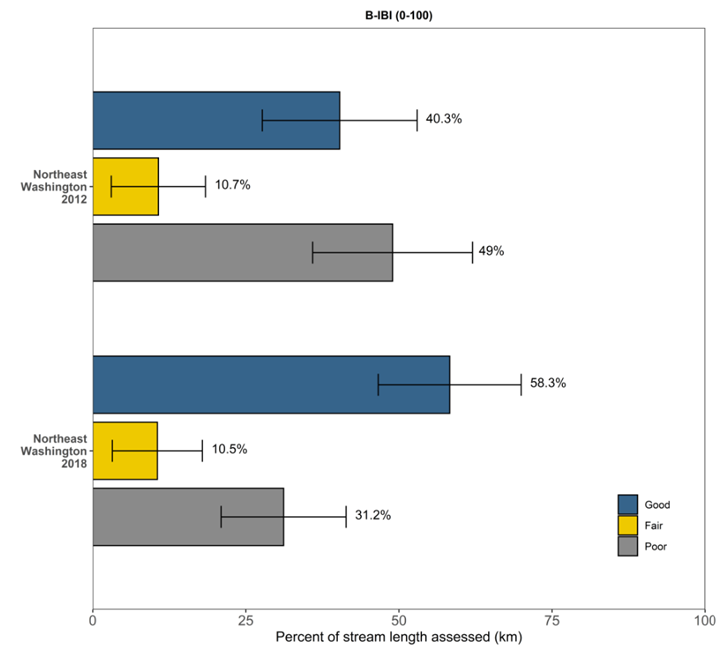
We used B-IBI ratings in 2012 and 2018 to rate percentages of stream kilometers in the Northeast Region as good, fair, or poor. Error bars represent 95% confidence intervals.
Significant physical and chemical indicators
The Northeast Region had two dominant stressors, including relative bed stability and percent sand and fines, both were categorized as poor in over 70 percent of stream length sampled in both 2012 and 2018. Increases were also seen in fish cover and canopy extent, which were over 50 percent of stream extent in this region in 2018.
To interact with this graph and learn more about these indicators, hold your mouse over each bar.
This interactive graph shows the percentage of stream kilometers assessed with poor physiochemical conditions in the Northeast Region for 2012 and 2018. The x-axis represents the percentage of river extent in poor condition. Error bars show 95 percent confidence intervals.


